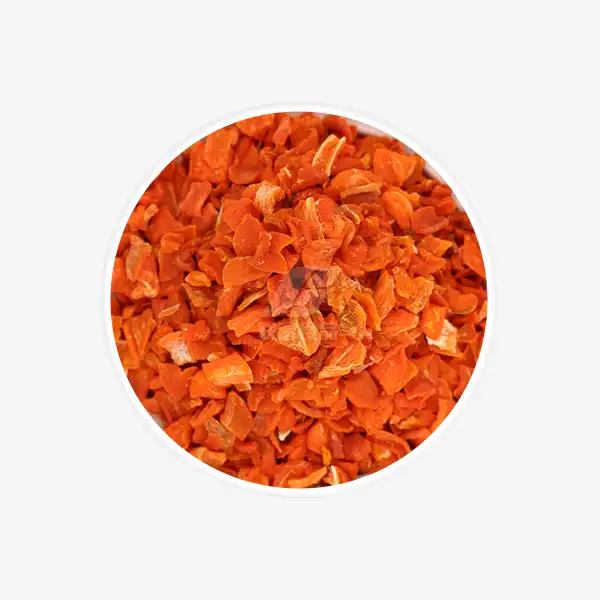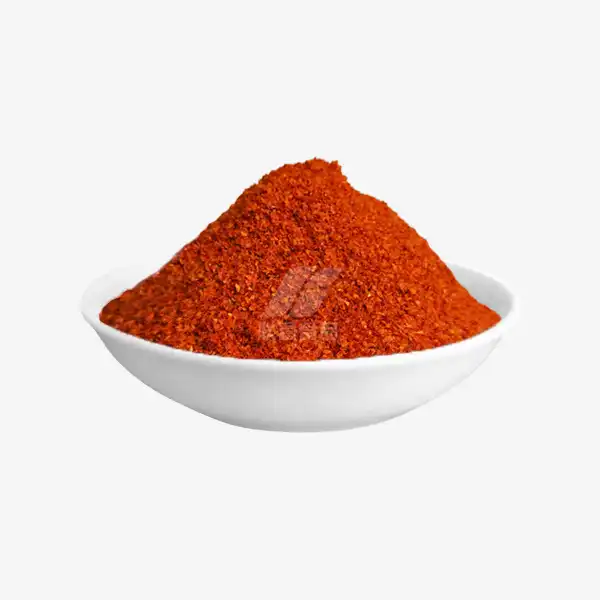Why Is Purple Sweet Potato Powder Sticky?
Purple sweet potato powder has gained popularity as a nutrient-dense superfood and natural food coloring agent. However, many users have noticed its tendency to become sticky or clumpy when mixed with liquids. This unique characteristic can pose challenges in cooking and baking applications. In this comprehensive guide, we'll explore the reasons behind the stickiness of purple sweet potato powder and provide practical solutions for its use.
Understanding the Sticky Texture of Purple Sweet Potato Powder
The sticky nature of purple sweet potato powder can be attributed to several factors:
High Starch Content
Purple sweet potatoes, like their orange counterparts, contain a significant amount of starch. When the potatoes are dehydrated and ground into a powder, this starch becomes concentrated. Upon contact with moisture, the starch molecules rapidly absorb water and swell, creating a sticky, gel-like consistency.
Presence of Amylopectin
Sweet potatoes contain two types of starch: amylose and amylopectin. Amylopectin, which is more abundant in sweet potatoes, has a branched structure that allows it to absorb water more readily. This property contributes to the sticky texture when the powder is rehydrated.
Hygroscopic Nature
Purple sweet potato powder is hygroscopic, meaning it readily absorbs moisture from the air. This characteristic can lead to clumping and stickiness even before the powder is intentionally mixed with liquids.
Processing Methods
The way purple sweet potato powder is produced can influence its stickiness. Some processing methods may result in finer particles that are more prone to clumping, while others may partially gelatinize the starch, increasing its tendency to become sticky when rehydrated.
Tips to Use Purple Sweet Potato Powder Without Clumping
While the sticky nature of purple sweet potato powder can be challenging, there are several strategies to mitigate this issue:
Gradual Incorporation
When adding purple sweet potato powder to liquids, incorporate it gradually while whisking constantly. This technique helps prevent the formation of large clumps and ensures a smoother mixture.
Use of a Slurry
Create a slurry by mixing the purple sweet potato powder with a small amount of cold liquid before adding it to your recipe. This pre-hydration step can help distribute the powder more evenly and reduce clumping.
Sifting the Powder
Before use, sift the purple sweet potato powder to break up any existing clumps and aerate the powder. This can help improve its mixing properties and reduce stickiness.
Blending with Dry Ingredients
In baking applications, mix the purple sweet potato powder thoroughly with other dry ingredients before adding any liquids. This helps coat the powder particles and prevent them from clumping together.
Temperature Control
When possible, use room temperature or slightly warm liquids when mixing with purple sweet potato powder. Very cold liquids can cause the starch to seize up, exacerbating the stickiness issue.
Addition of Emulsifiers
In some recipes, incorporating a small amount of an emulsifier like lecithin can help improve the dispersion of purple sweet potato powder and reduce its tendency to form sticky clumps.
Use of High-Speed Blenders
For smoothies or beverages, using a high-speed blender can help break down any clumps and create a smoother consistency when incorporating purple sweet potato powder.
Proper Storage
Store purple sweet potato powder in an airtight container in a cool, dry place to prevent moisture absorption, which can lead to clumping and increased stickiness.
Health Benefits of Purple Sweet Potato Powder Explained
Despite its sticky nature, purple sweet potato powder offers numerous health benefits that make it a valuable addition to your diet:
Rich in Antioxidants
Purple sweet potatoes are packed with anthocyanins, the pigments responsible for their vibrant color. These compounds act as powerful antioxidants, helping to neutralize harmful free radicals in the body and potentially reduce the risk of chronic diseases.
Anti-Inflammatory Properties
The anthocyanins in purple sweet potato powder have been shown to possess anti-inflammatory properties, which may help alleviate symptoms of inflammatory conditions and support overall health.
Digestive Health
Purple sweet potato powder is a good source of dietary fiber, which promotes digestive health by supporting regular bowel movements and feeding beneficial gut bacteria.
Blood Sugar Regulation
Despite its sweet taste, purple sweet potato powder has a relatively low glycemic index. This means it can help regulate blood sugar levels, making it a suitable option for individuals managing diabetes or those looking to maintain stable energy levels.
Heart Health
The antioxidants and fiber in purple sweet potato powder may contribute to heart health by helping to lower cholesterol levels and reduce the risk of cardiovascular disease.
Skin Health
The high vitamin C content and antioxidants in purple sweet potato powder can support collagen production and protect the skin from oxidative stress, potentially promoting a more youthful appearance.
Eye Health
Purple sweet potatoes contain beta-carotene, which the body converts to vitamin A. This nutrient is essential for maintaining healthy vision and may help prevent age-related eye conditions.
Weight Management
The fiber content in purple sweet potato powder can promote feelings of fullness, potentially aiding in weight management efforts when incorporated into a balanced diet.
Nutrient Density
Purple sweet potato powder is a concentrated source of various vitamins and minerals, including potassium, manganese, and vitamins B6 and C, making it a nutrient-dense addition to your diet.
Versatility in Use
Despite its sticky nature, purple sweet potato powder can be incorporated into a wide range of recipes, from smoothies and baked goods to savory dishes, allowing for creative and nutritious meal options.
Conclusion
While the sticky texture of purple sweet potato powder can present challenges in culinary applications, understanding its properties and employing proper techniques can help you harness its full potential. The numerous health benefits associated with this vibrant superfood make it a worthwhile addition to your pantry. By following the tips provided and experimenting with different recipes, you can successfully incorporate purple sweet potato powder into your diet and enjoy its unique flavor and nutritional advantages.
For high-quality purple sweet potato powder and other dehydrated vegetable products, contact Xinghua Lianfu Food Co., Ltd. at qingzhengliu@jslianfu.com. Our expertly processed powders are designed to maintain optimal nutritional value while ensuring ease of use in various culinary applications.
References
1. Johnson, M. E., & Smith, K. L. (2020). Physiochemical properties of purple sweet potato starch and its applications in food industry. Journal of Food Science and Technology, 57(8), 2912-2922.
2. Zhang, Y., & Wang, X. (2019). Anthocyanins in purple sweet potato: Composition, stability, and health benefits. Comprehensive Reviews in Food Science and Food Safety, 18(5), 1541-1556.
3. Garcia-Diaz, T., et al. (2021). Effect of processing methods on the physicochemical and functional properties of purple sweet potato powder. Food Chemistry, 342, 128303.
4. Lee, J. H., & Cho, K. M. (2018). Antioxidant and anti-inflammatory effects of purple sweet potato powder in human dermal fibroblasts. Nutrition Research and Practice, 12(5), 438-444.
5. Truong, V. D., & Avula, R. Y. (2022). Purple-fleshed sweet potatoes: A comprehensive review of nutritional composition, health benefits, and product development. Critical Reviews in Food Science and Nutrition, 62(15), 4089-4108.

_1729843393550.webp)









